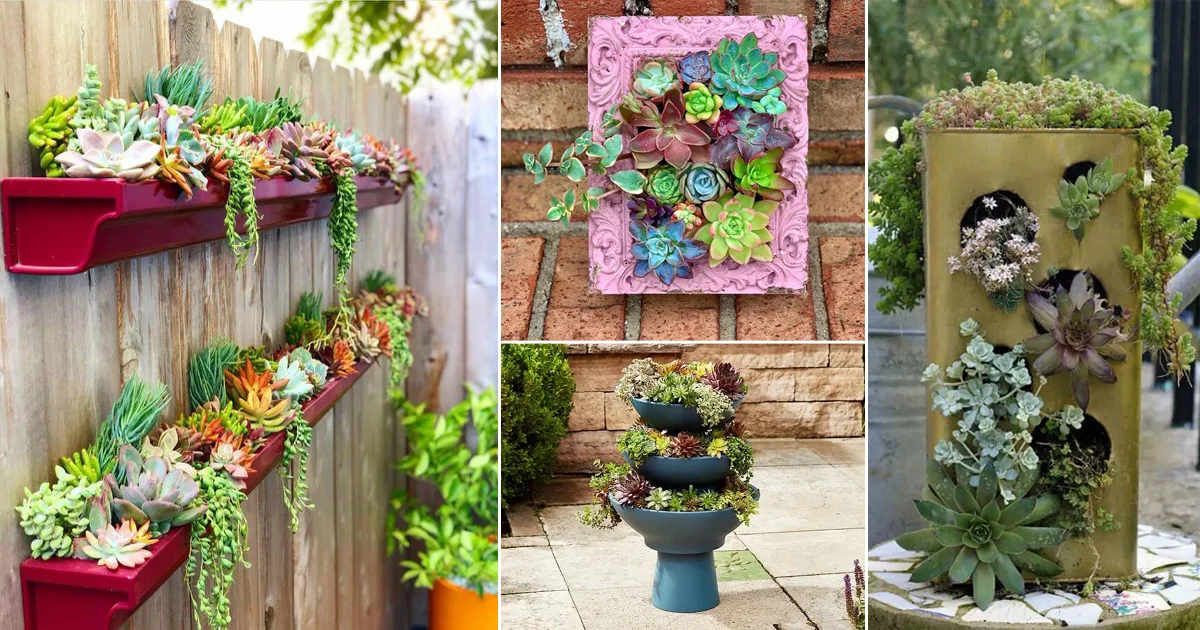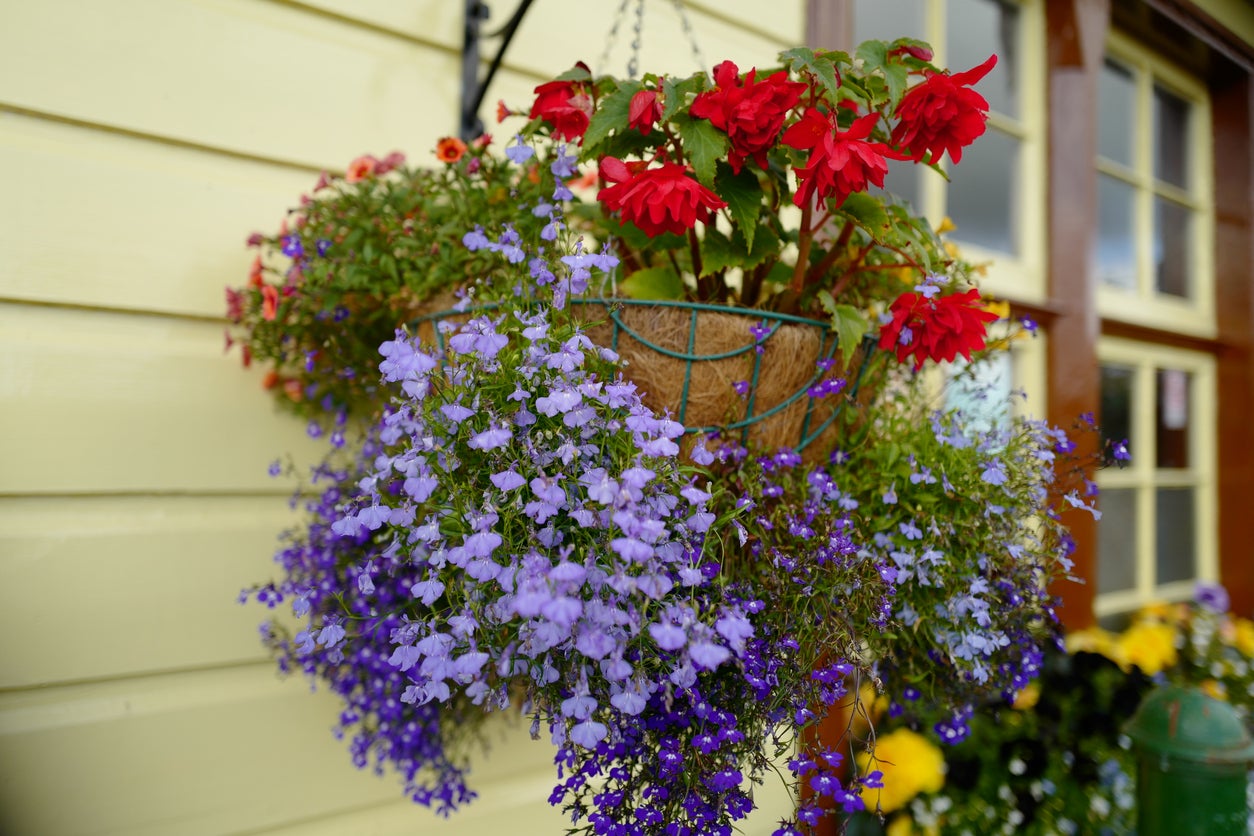Vertical gardening has gained immense popularity among urban dwellers with limited outdoor space. Discover the art of vertical gardening and learn why it has become a preferred choice for plant enthusiasts.
Top Benefits of Vertical Gardening
Vertical gardening offers numerous benefits beyond its space-saving nature and different master vertical gardening techniques are also present. Explore the advantages of growing plants vertically, including improved air quality, increased productivity, and reduced pest and disease problems.
Key Factors to Consider Before Starting a Vertical Garden
Before diving into vertical gardening, it's essential to consider a few key factors as it has many advantages as well. Learn about sunlight exposure requirements, proper water drainage, and suitable plant selection for your vertical garden. These considerations will help ensure the success of your project.
DIY Vertical Gardening Ideas
1. Hanging Pots and Baskets
Utilize hanging pots and baskets to add greenery to your vertical garden. Hang them from hooks or create a cascading effect by suspending them at different heights.
- Choose lightweight pots or baskets suitable for hanging.
- Install sturdy hooks or brackets on walls, fences, or ceilings.
- Ensure proper drainage by drilling holes in the pots.
- Select plants that thrive in hanging conditions, such as trailing vines or cascading flowers.
2. Vertical Wall Planters
Transform a plain wall into a living masterpiece with vertical wall planters. Select from various designs and materials, such as pocket planters or modular systems, to create an eye-catching display.
- Install a vertical wall planter system of your choice.
- Prepare the wall surface by cleaning and ensuring proper adhesion.
- Select a variety of plants that suit your desired aesthetic and lighting conditions.
- Follow the specific instructions for planting and watering based on the chosen system.
3. Repurposed Items as Planters
Give new life to old objects by repurposing them as planters. Upcycle items like wooden pallets, old shoe organizers, or vintage crates to create a unique, eco-friendly vertical garden.
- Choose sturdy, repurposed items that can hold soil and drain excess water.
- Prepare the items by cleaning and treating them if necessary.
- Add a layer of landscape fabric or plastic liner to prevent soil leakage.
- Plant suitable plants considering the size and depth of the repurposed item.
4. Trellises and Vertical Supports
Incorporate trellises or vertical supports into your garden design to allow climbing plants to thrive. It adds a touch of elegance while maximizing the use of vertical space.
- Install trellises or vertical supports securely in the desired location.
- Select climbing plants that suit the available light and climate conditions.
- Train the plants to grow along the trellis or support system using ties or clips.
- Regularly prune and maintain the plants to ensure healthy growth.
5. Tower Gardens
Take advantage of vertical space by constructing tower gardens. These vertical structures allow for the growth of multiple plants, providing an efficient and visually appealing gardening solution.
- Construct or purchase a tower garden system suitable for your space.
- Fill the tower with appropriate growing medium and ensure proper drainage.
- Select a mix of plants that have similar water and light requirements.
- Regularly monitor and adjust watering and nutrient levels as needed.
Maintenance Tips for Vertical Gardens
Proper maintenance is crucial to ensure your vertical garden's long-term success. Discover practical tips for watering, fertilizing, pruning, and preventing common pests and diseases.
Conclusion
Wrap up the article by summarizing the key points and emphasizing the transformative potential of vertical gardening. Encourage readers to get creative and start their vertical garden projects.



